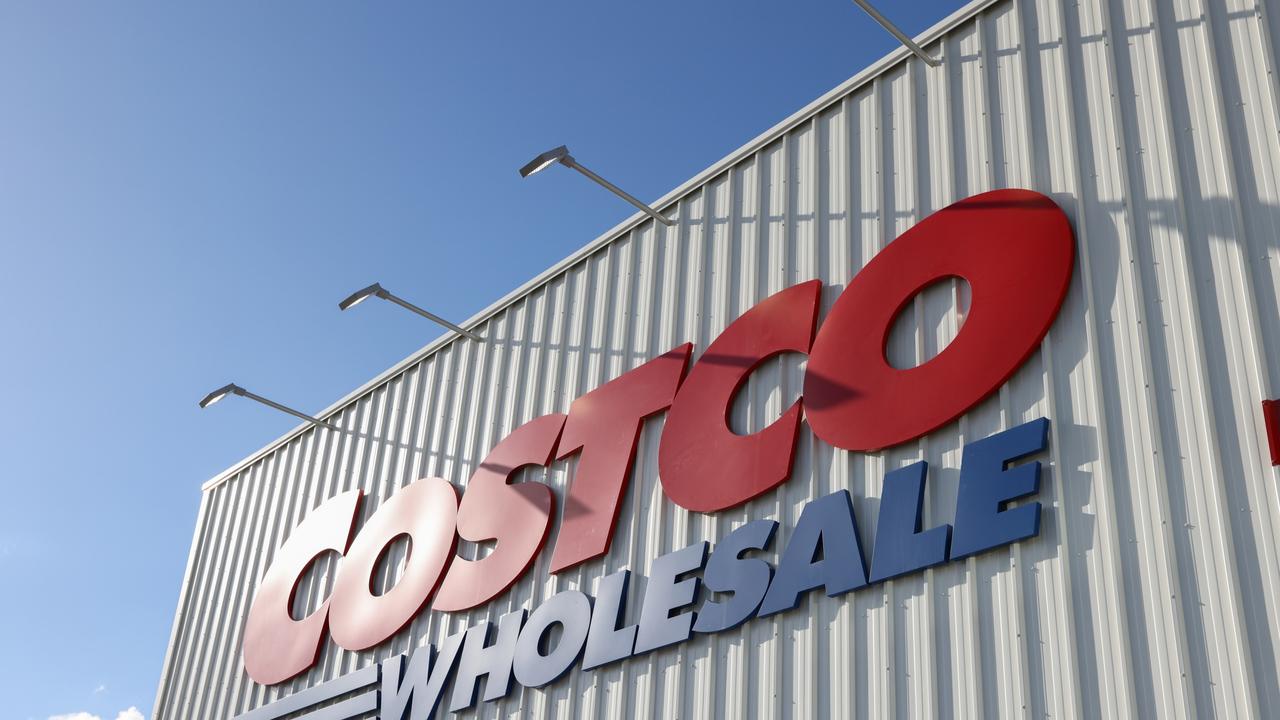Cadbury announces ‘boldest change ever’ to cult Easter item
Cadbury has announced “one of the biggest and boldest” changes ever to its beloved Easter range sold in supermarkets across Australia.
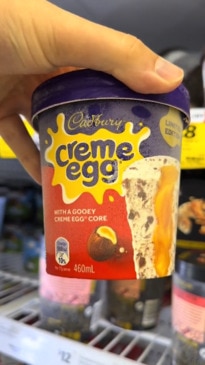
Eat
Don't miss out on the headlines from Eat. Followed categories will be added to My News.
Cadbury has announced “one of the biggest and boldest” changes ever to its beloved Easter range.
In a bid to drive “major savings” in packaging, the confectioner’s iconic Hollow Hunting Eggs will this year move from a plastic crate to cardboard carton, saving an estimated 131,000kg of plastic.
Similarly, the plastic blister and excess cardboard surrounding some Cadbury Easter Gift Boxes will also be removed, saving upward of 200,000kg of packaging.
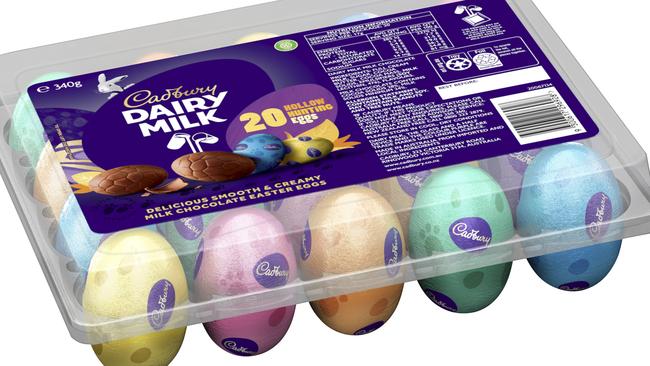
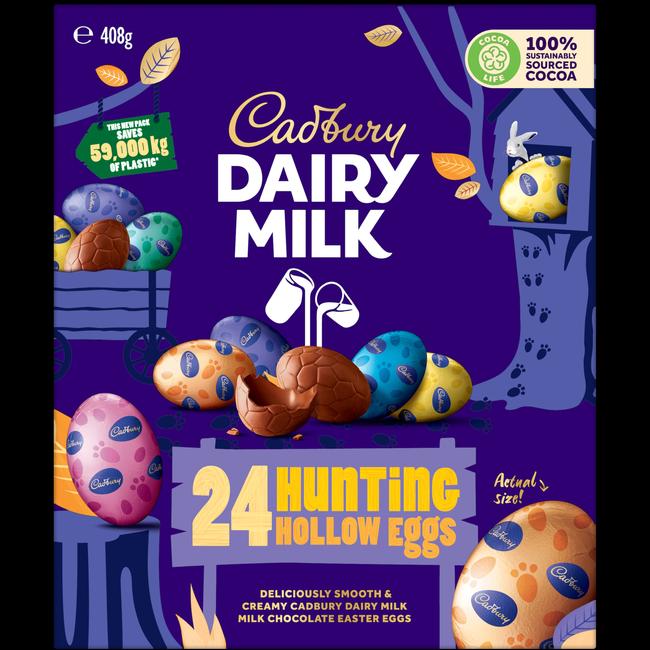
“This is one of the biggest and boldest packaging changes we’ve ever made to our Easter range,” Mondelez International vice president of marketing, Ben Wicks, said in a statement.
“Over the last two years, we have been working hard to redesign our packaging footprint, preserve the taste and quality of our Easter products, and deliver a positive change for Cadbury fans.
“The move forms part of Mondelez Internationals’ commitment to make its packaging better for people and [the] planet, through reducing packaging, evolving packaging, and improving recycling systems.”
Mr Wick assured Cadbury fans that despite the changes to the eggs’ appearance, there’ll be no difference in taste or quality.
“We remain dedicated to providing Australians the same delicious Cadbury experience this Easter, whether you’re hunting with family members, or gifting one of our iconic Cadbury products to a loved one,” he said.
“We’ll be working hard to make sure people are able to find the new-look packs in store as well as sharing why we’ve made these important changes.”
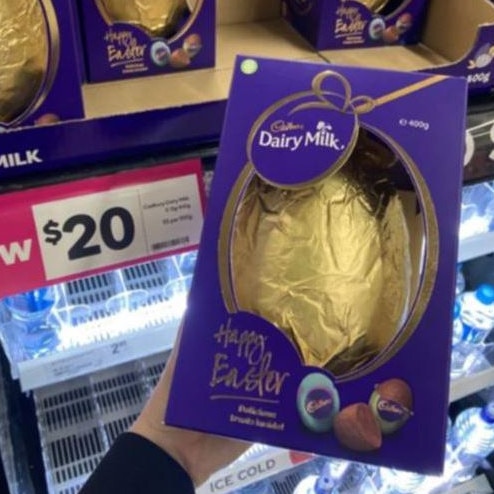
Cadbury isn’t the first brand to do away with the “bigger is better” perception around Easter packaging; in 2022, Nestle, the maker of popular chocolates like KitKat and Milkybar, replaced its eggs’ rigid plastic with 100 per cent recyclable cardboard.
A survey conducted by the company at the time found just one in four Australians separated out Easter egg packaging for recycling, while nearly half were drawn to buying the biggest Easter egg box.
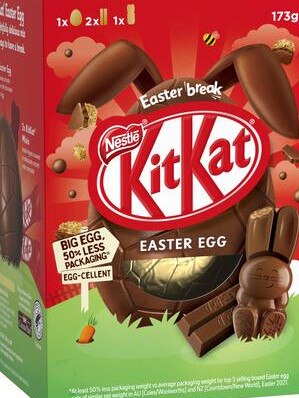
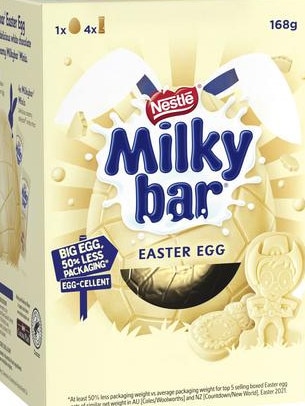
Nestle's director of sustainability, Margaret Stuart, said the brand wanted to “break the mould” that a bigger pack equates to a bigger egg.
“Using less packaging meant carefully considering every detail so we could deliver our Easter eggs in a fully recyclable box,” she said.
“Across Nestle, we are working to make all our packaging recyclable or reusable and reduce our virgin plastic use by a third by 2025, so getting the details right is critical. We need to be innovative.
“Easter, which sees a significant increase in chocolate gifting purchases, is a key time to shake up the category and start a conversation around packaging.”
Originally published as Cadbury announces ‘boldest change ever’ to cult Easter item



